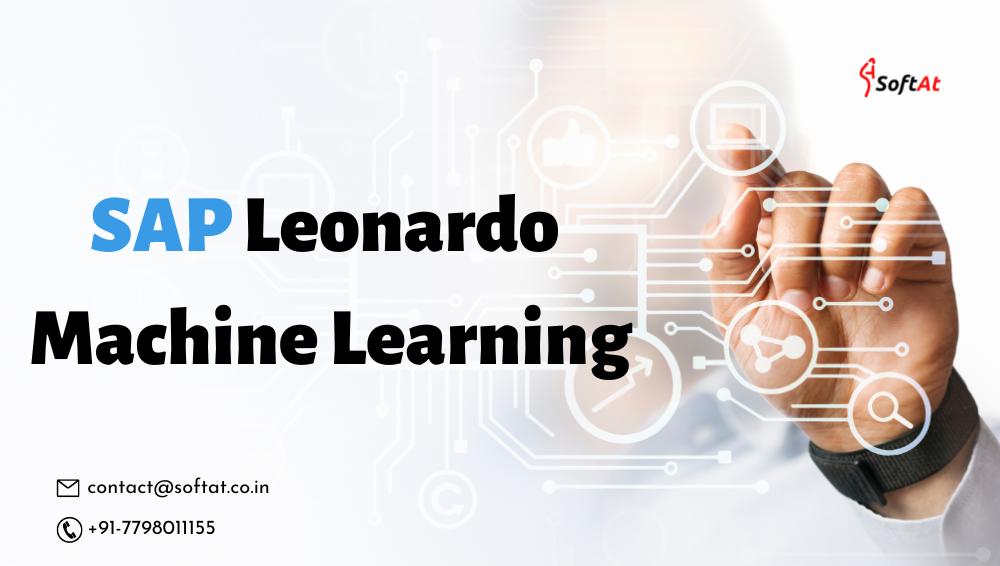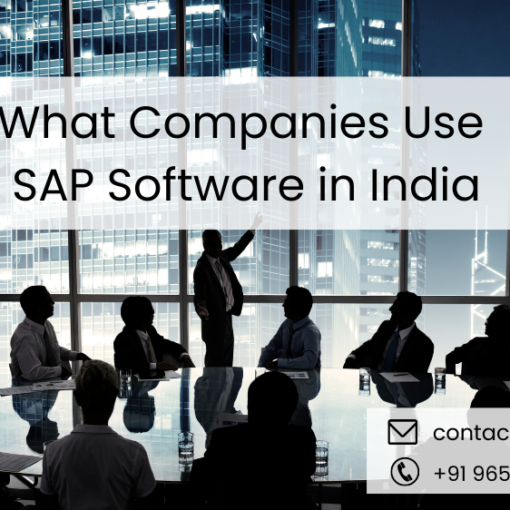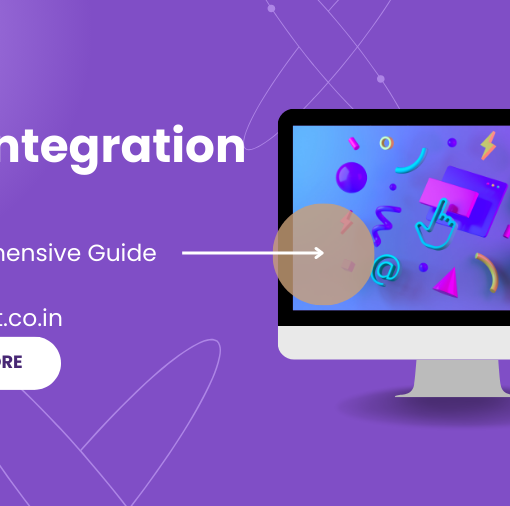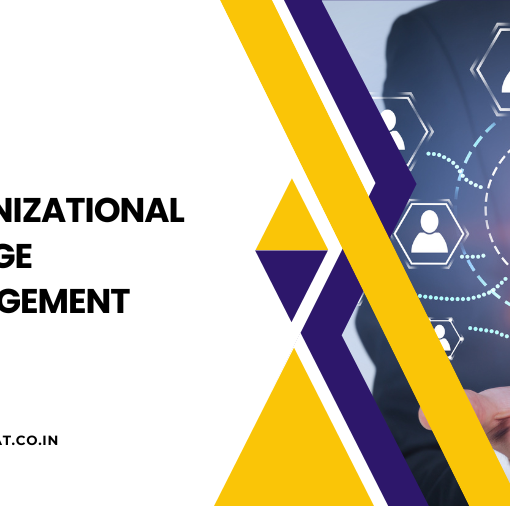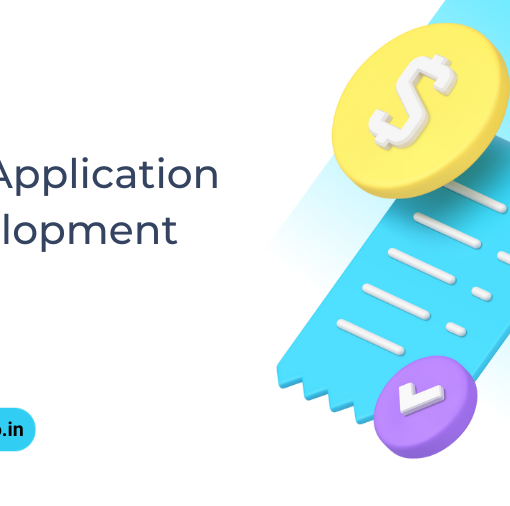SAP Leonardo, which covers a portfolio of products spanning IoT, Blockchain, Machine Learnings, Big Data, Data Intelligence, Design Thinking, and Analytics, has generated a lot of attention. This blog focuses on SAP Leonardo Machine Learning and gives visitors an overview and comprehension of the current features available.
SAP Leonardo, named after the brilliant Renaissance painter Leonardo da Vinci, is an empowering platform for businesses to embrace the latest digital advancements and reap the benefits ahead of time. SAP Leonardo is the company’s most recent digital edition.
When combined with cutting-edge technology, this revolutionary system provides organizations with a wide range of services and micro-services.
SAP Leonardo Machine Learning Foundation
Machine Learning Foundation (ML)
In simple terms, ML Foundation is made up of “Functional Services” and “Core Capabilities”. Developers can use these services and capabilities as consumable APIs to design intelligent processes by integrating them into their applications. Image-related APIs, Speech-related APIs, and Text-related APIs are the three major areas of “Functional Service APIs.”
Data Scientists, on the other hand, require skills such as “training existing models,” “retraining existing models to personalize them,” and “building their own models.” These are accessible through the ML Foundation’s “Core Capabilities.” ML Foundation is typically connected to an SAP S/4HANA system via Cloud Platform Connector or SAP Data Hub.
What are the APIs?
SAP API Hub hosts the SAP Leonardo ML Foundation service portfolio. The tile “SAP Leonardo Machine Learning Foundation – Functional Services” can be found by selecting API (in the left pane of the screen) and clicking “more” on the resulting page.
Image Related Functional Service APIs
Many Image-related Functional Service APIs are accessible in ML Foundation to conduct operations in photos such as item detection, categorization, human detection, face detection, and so on. They can also be customized for individual customer products. Let’s have a look at a few examples to get a better understanding of the service.
Image Classification Service
A picture of a truck is provided to the API in Exhibit-4 below. The API (model) was programmed to recognize a specific type of object (eg. trucks, vans, SUVs, and so on). For each of the items, a “confidence value” ranging from 0 (not confident) to 1 (most confidence) is also returned. The most likely outcome is determined by the greatest confidence value, and developers can act accordingly. It is identified as “a truck” with a high level of confidence in this exhibit (.7).

Image Feature Extraction Service
The image is converted into a set of abstract feature data vectors using this service. This data vector can be thought of as a mathematical representation of the object in the image. A developer may use this to create a custom classification object for a customer-specific product and use it to identify the object in other apps. The following example can help you understand it better.
Consider a customer who sends a photo of a company’s damaged products and asks if they may be fixed if they are sent by mail. The company must determine whether it is a product from their catalog and, based on the damage, whether it can be fixed or not. This is a nice example of how to use ML services to create an “Intelligent Process.” Take a look at Exhibit-5 below:
• The company used image feature extraction to extract the picture vectors from their product catalog. That sequence is shown in the top three boxes.
• The customer has submitted a picture; once the image vectors have been extracted, a similarity scoring service is used. The sequence is shown in the bottom three boxes.
• The object from the product catalog is identified in the Result box.

Optical Character Recognition Service (OCR)
OCR service takes the uploaded file and returns the text characters detected in the input. Typical usage of this would be in reading legal documents and comparing them with another version.
Scene Text Recognition Service
This service recognizes text in natural photos and settings and extracts certain texts from them. Take a look at Exhibit-6 for an example. The service has extracted “SAP Leonardo Center” and “Paris 21-06-2017,” as you can see. This service can handle font-less texts, word art, illustrated texts, texts in various orientations, and so forth.

Face Feature extraction service
Face detection and feature vector extraction are provided by this service. Exhibit-7 is shown below. These feature vectors can be used to compare faces in several photos that are similar or identical. Even when the face is in a side profile, it works. You may experiment with this and the similarity scoring service to see how well they can identify images and have some fun!

What are the benefits of SAP Leonardo?
SAP Leonardo is an innovative digital innovation system offered by SAP that combines various cutting-edge technologies such as the Internet of Things (IoT), artificial intelligence (AI), machine learning (ML), blockchain, and advanced analytics. This comprehensive platform provides businesses with the tools and capabilities to accelerate their digital transformation and drive innovation across multiple industries. Here are some key benefits of SAP Leonardo:
- Accelerated Digital Transformation: SAP Leonardo empowers organizations to embrace digital transformation by leveraging emerging technologies. It provides a framework for integrating and implementing innovative solutions quickly and efficiently, enabling businesses to stay ahead of the competition and capitalize on new opportunities.
- Enhanced Customer Experience: With SAP Leonardo, businesses can deliver personalized and seamless customer experiences. By utilizing AI, ML, and IoT capabilities, companies can gain insights into customer preferences, behavior patterns, and sentiments, enabling them to offer tailored products, services, and interactions that meet individual customer needs and preferences.
- Improved Operational Efficiency: SAP Leonardo offers intelligent automation capabilities that help streamline and optimize business processes. By leveraging AI and ML, organizations can automate repetitive tasks, make data-driven decisions, and improve operational efficiency. This leads to reduced costs, increased productivity, and enhanced agility.
- Data-Driven Decision Making: SAP Leonardo leverages advanced analytics and predictive modeling to provide real-time insights from vast amounts of data. By harnessing the power of big data and analytics, businesses can make informed and data-driven decisions, identify trends, anticipate customer demands, and optimize operations for improved outcomes.
- Innovative Product Development: SAP Leonardo enables organizations to drive innovation and develop new products and services. By leveraging technologies like IoT and AI, businesses can gather data from connected devices, analyze it in real time, and uncover insights that can fuel the development of innovative offerings. This helps businesses stay relevant, create new revenue streams, and differentiate themselves in the market.
- End-to-End Visibility and Collaboration: SAP Leonardo facilitates end-to-end visibility across the entire value chain, allowing businesses to track and monitor processes, assets, and resources in real time. It also enables collaboration and data sharing among various stakeholders, both within and outside the organization, fostering transparency, agility, and improved decision-making.
- Scalability and Flexibility: SAP Leonardo offers a scalable and flexible platform that can adapt to the evolving needs of businesses. Whether it’s integrating new technologies, expanding into new markets, or accommodating changes in business requirements, SAP Leonardo provides the flexibility and scalability to support growth and innovation.
- Industry-Specific Solutions: SAP Leonardo provides industry-specific solutions and accelerators that cater to the unique needs and challenges of various industries. From predictive maintenance in manufacturing to personalized healthcare solutions, SAP Leonardo offers tailored capabilities to drive industry-specific digital transformation.
In summary, SAP Leonardo offers a comprehensive suite of technologies and capabilities that enable organizations to accelerate their digital transformation, enhance customer experiences, improve operational efficiency, make data-driven decisions, drive innovation, and gain a competitive edge in the rapidly evolving digital landscape.

